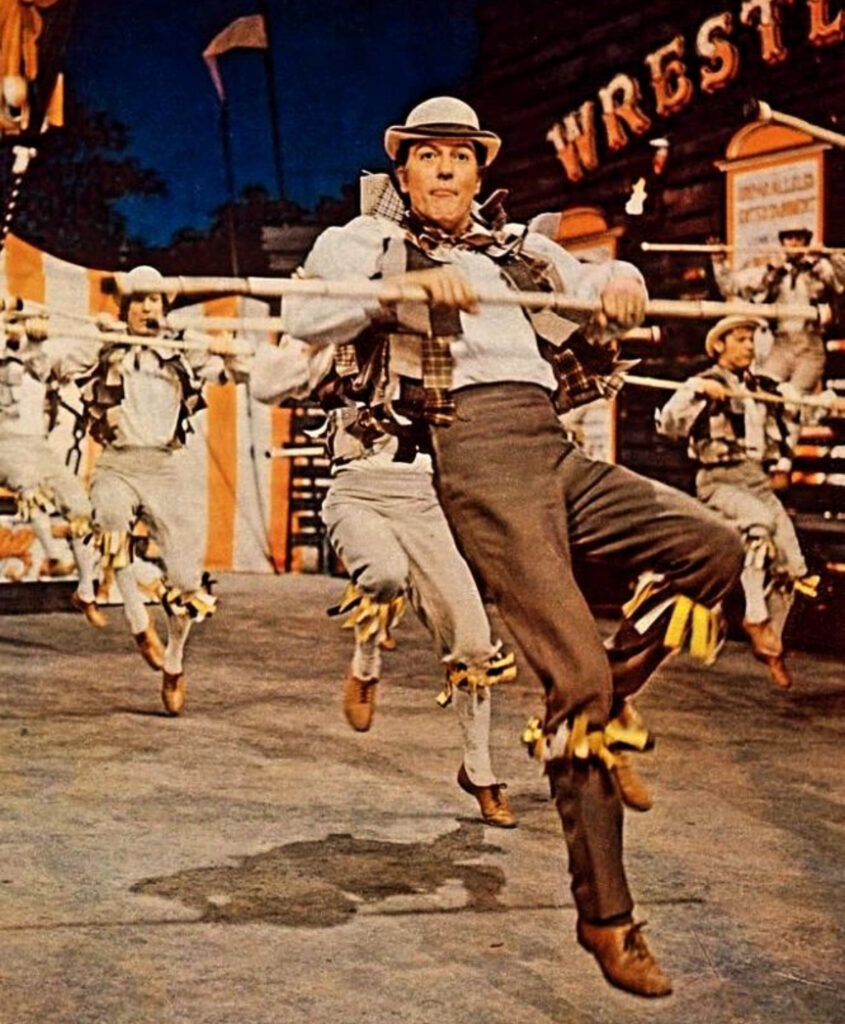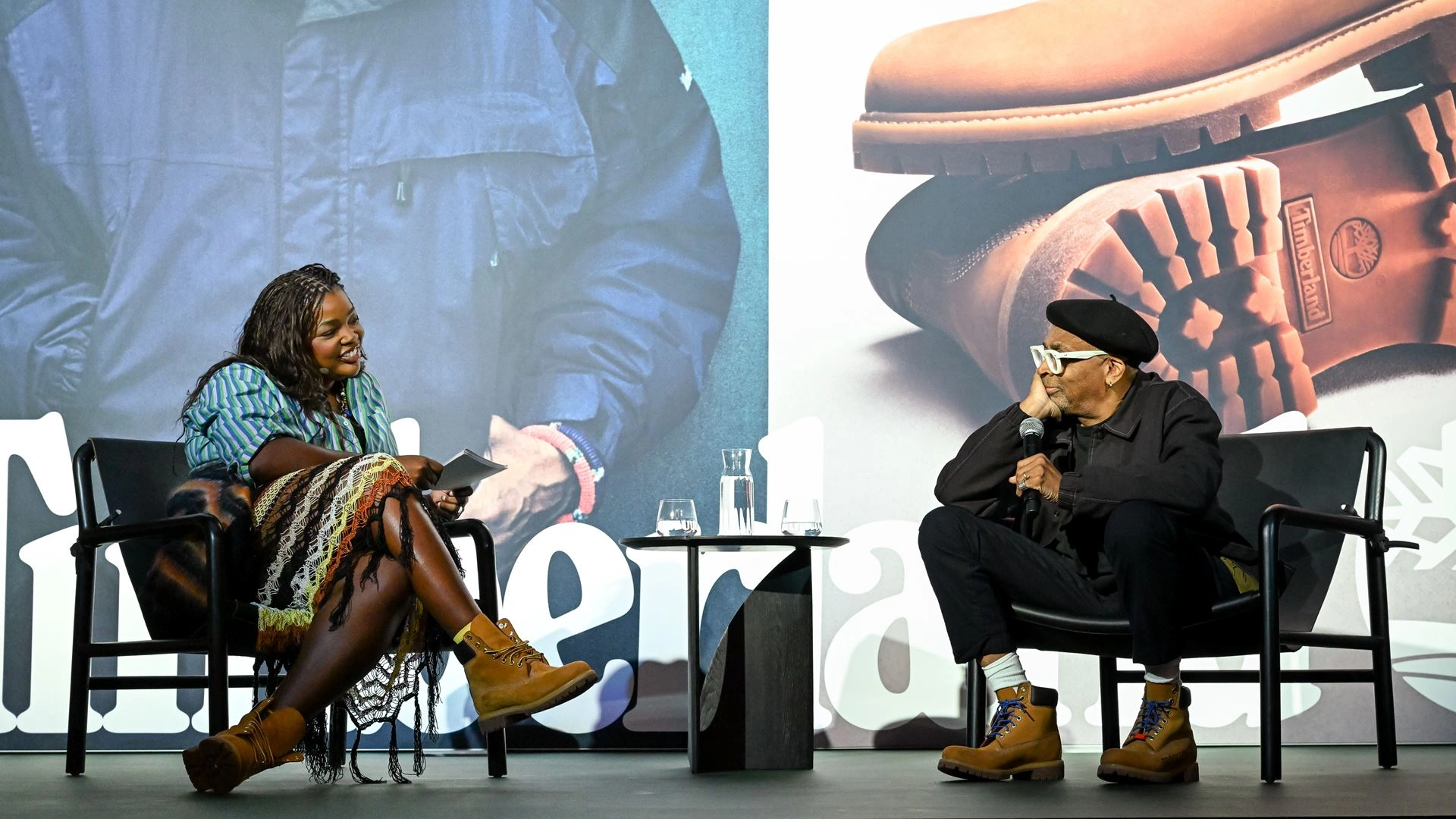Dick Van Dyke, an icon of American entertainment, has charmed audiences for decades with his versatile performances in television, film, and stage. Known for his charismatic presence, impeccable timing, and infectious energy, Van Dyke’s career spans over seven decades. This article delves into his memorable performance in the song “Me Ol’ Bamboo” from “Chitty Chitty Bang Bang,” and explores his other significant acting roles that have cemented his place in entertainment history.
“Me Ol’ Bamboo” in “Chitty Chitty Bang Bang”
In 1968, Dick Van Dyke starred in the beloved musical film “Chitty Chitty Bang Bang,” directed by Ken Hughes. The film, based on the book by Ian Fleming, features Van Dyke as Caractacus Potts, an eccentric inventor who transforms a broken-down car into a magical vehicle. One of the standout moments in the film is Van Dyke’s performance of the song “Me Ol’ Bamboo.”
The Scene:
“Me Ol’ Bamboo” takes place during a village fair, where Caractacus Potts, in an attempt to earn money, joins a group of traditional Morris dancers. The song is a lively and humorous number, showcasing Van Dyke’s exceptional dance skills and physical comedy. His energetic performance, complete with acrobatic moves and precise choreography, brings the scene to life, making it one of the most memorable moments in the film.
The choreography for “Me Ol’ Bamboo” was designed to highlight Van Dyke’s strengths as a performer. His ability to blend physical comedy with dance is evident in every move, from the intricate footwork to the comedic timing. Van Dyke’s natural charisma shines through, captivating the audience and adding a layer of charm to the already delightful number.
“Me Ol’ Bamboo” remains a beloved scene among fans of “Chitty Chitty Bang Bang.” It exemplifies Van Dyke’s versatility as an entertainer and his ability to bring joy and laughter through his performances. The song’s enduring popularity is a testament to Van Dyke’s talent and the lasting impact of his work.
Early Career and Breakthrough Roles
Before his iconic performance in “Chitty Chitty Bang Bang,” Dick Van Dyke had already established himself as a talented performer. His career began in radio and theater, but it was his work in television that brought him widespread recognition.
The Dick Van Dyke Show:
Created by Carl Reiner, “The Dick Van Dyke Show” aired from 1961 to 1966 and became a cultural phenomenon. Van Dyke starred as Rob Petrie, a comedy writer balancing his professional and personal life. The show was praised for its witty writing, strong ensemble cast, and Van Dyke’s charming portrayal of Petrie. His comedic timing and chemistry with co-star Mary Tyler Moore, who played his wife Laura, made the show a critical and commercial success.
Mary Poppins:
In 1964, Van Dyke starred alongside Julie Andrews in the Disney classic “Mary Poppins.” His role as Bert, the lovable chimney sweep, showcased his versatility as an actor, singer, and dancer. Van Dyke’s performance, particularly his rendition of songs like “Chim Chim Cher-ee” and “Step in Time,” became iconic. Despite some criticism of his Cockney accent, his charm and energy won over audiences, and the film became a beloved part of Disney’s legacy.
Film Career Highlights
Beyond “Chitty Chitty Bang Bang” and “Mary Poppins,” Dick Van Dyke has appeared in numerous films that highlight his range as an actor.
Bye Bye Birdie (1963):
Van Dyke reprised his Broadway role as Albert Peterson in the film adaptation of “Bye Bye Birdie.” His performance as the struggling songwriter and manager helped transition his stage success to the big screen. The film’s success further cemented his status as a leading man in Hollywood musicals.
Night at the Museum (2006):
In a departure from his earlier roles, Van Dyke played the villainous security guard Cecil Fredericks in the family comedy “Night at the Museum.” His performance added a touch of nostalgia for audiences familiar with his earlier work, while introducing him to a new generation of fans.
Television Success and Later Role:
Dick Van Dyke’s success on television continued long after “The Dick Van Dyke Show.” His ability to adapt to changing times and genres kept him relevant in the entertainment industry.
Diagnosis: Murder (1993-2001):
Van Dyke starred as Dr. Mark Sloan, a physician who solves crimes, in the long-running series “Diagnosis: Murder.” The show blended medical drama with detective fiction, and Van Dyke’s portrayal of the intelligent and compassionate Sloan resonated with audiences. His real-life son, Barry Van Dyke, co-starred as his on-screen son, adding a personal touch to the series.
The Middle (2010-2015):
In a recurring role on the sitcom “The Middle,” Van Dyke played Tag Spence, the father of Patricia Heaton’s character, Frankie Heck. His appearances on the show were warmly received, showcasing his continued ability to deliver memorable performances in comedic roles.
Stage Performances and Broadway:
In addition to his work in film and television, Dick Van Dyke has also enjoyed success on the stage. His theater performances highlight his versatility and dedication to the craft of acting.
Bye Bye Birdie:
Van Dyke’s breakthrough role on Broadway was as Albert Peterson in “Bye Bye Birdie.” His performance earned him a Tony Award and established him as a major talent in musical theater. The success of the show led to his casting in the film adaptation, further propelling his career.
The Music Man:
In 1980, Van Dyke starred in a television adaptation of the classic musical “The Music Man,” playing the charismatic con artist Harold Hill. His performance received positive reviews, showcasing his ability to handle complex musical roles with ease.
Personal Life and Legacy:
Dick Van Dyke’s personal life is as remarkable as his professional career. Known for his resilience and positive outlook, Van Dyke has faced challenges with grace and determination.
Health and Longevity:
Van Dyke has been open about his struggles with alcoholism and his journey to sobriety. His honesty and advocacy for addiction recovery have inspired many. Despite health challenges, including a diagnosis of arthritis, Van Dyke has remained active and vibrant, continuing to perform and entertain well into his 90s.
Awards and Honors:
Throughout his career, Van Dyke has received numerous accolades, including five Primetime Emmy Awards, a Tony Award, and a Grammy Award. In 2013, he was honored with a Lifetime Achievement Award by the Screen Actors Guild, recognizing his outstanding contributions to the entertainment industry.
Evolution:
Dick Van Dyke’s influence extends beyond his body of work. His contributions to the entertainment industry have left an indelible mark on popular culture.
Cultural Icon:
Van Dyke’s characters, from Bert in “Mary Poppins” to Rob Petrie in “The Dick Van Dyke Show,” have become cultural icons. His performances have inspired countless actors and entertainers, and his legacy continues to be celebrated by fans of all ages.
Philanthropy and Advocacy:
Van Dyke has also been active in philanthropy, supporting causes related to children’s health, addiction recovery, and the arts. His commitment to giving back has endeared him to fans and colleagues alike, further solidifying his reputation as a beloved figure in the entertainment world.
Dick Van Dyke’s career is a testament to his extraordinary talent, versatility, and enduring appeal. From his unforgettable performance in “Me Ol’ Bamboo” to his wide-ranging roles in film, television, and theater, Van Dyke has left an indelible mark on the world of entertainment. His ability to bring joy and laughter to audiences of all ages is a rare gift, one that has made him a cherished figure for generations. As he continues to inspire and entertain, Dick Van Dyke’s legacy will undoubtedly endure for many years to come.
No comments yet.








